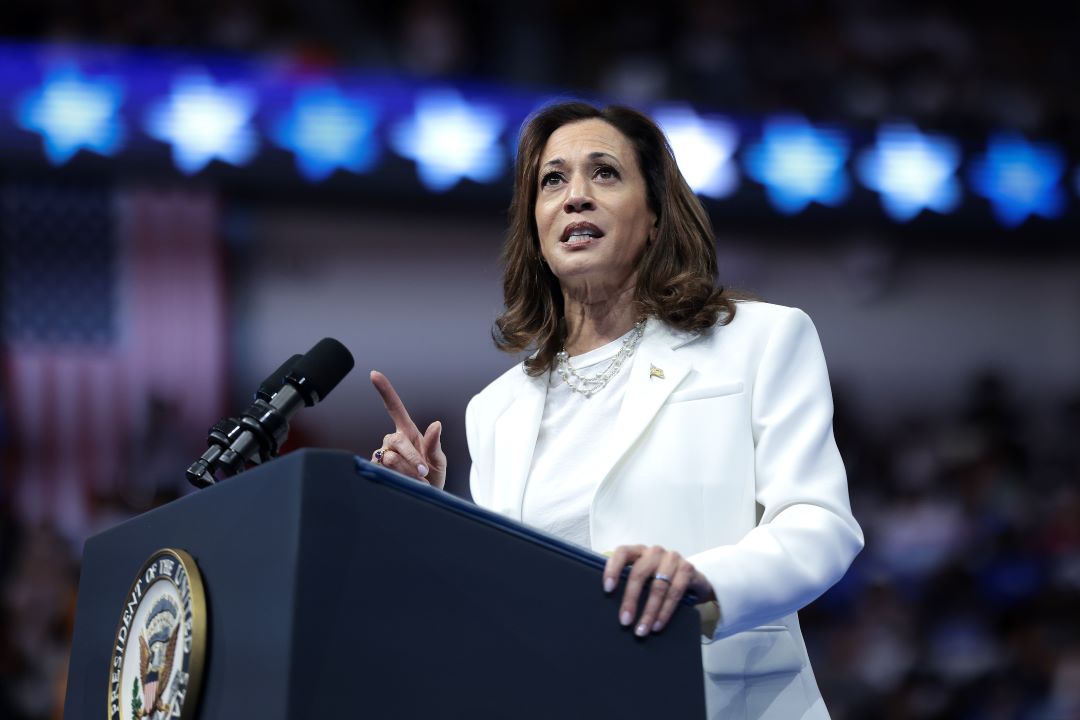The presidential candidate’s vision appeals more to college graduates than to the majority of Black Americans.
If you want an illustration of the extraordinary racial progress America has made over the past 59 years, look to the life of Vice President Kamala Harris, who could now become the second Black president.
Born in Oakland, California—a city deeply divided by race, where the Black Power movement gained ground by explicitly rejecting the cause of racial integration—just months after the passage of the Civil Rights Act of 1964, Harris has achieved great distinction in multiracial milieus, where her cultural literacy and deft code-switching have proved enormous assets. In the mid-1960s, Black elected officials almost exclusively represented Black-majority jurisdictions, and a Black presence in elite institutions was exceedingly rare. By the time Harris first won elected office in 2004, in contrast, she had settled in San Francisco, a city with a small and shrinking Black population, where it was essential for her to build a multiracial political coalition.
Continue reading the entire piece here at The Atlantic (paywall)
______________________
Reihan Salam is the president of the Manhattan Institute. Follow him on Twitter here.
Photo by Win McNamee/Getty Images
